
Reading “The Reign of ‘Terror” by Tomis Kapitan in the New York Times on October 19th, I was struck by the following passage:
…the rhetoric of “terror” has had these effects:
1) It erases any incentive the public might have to understand the nature and origins of their grievances so that the possible legitimacy of their demands will not be raised.
2) It deflects attention away from one’s own policies that might have contributed to their grievances.
3) It repudiates any calls for negotiation.
4) It obliterates the distinction between national liberation movements and fringe fanatics (for example, during the 1990s, the “terrorist” label was applied to Nelson Mandela and Timothy McVeigh alike);
5) It paves the way for the use of force by making it easier for a government to exploit the fears of its citizens and ignore objections to the manner in which it responds to terrorist violence.
Now, this passage struck me because for a few years now I have been trying to deal with interesting labels that have the same effect on discussion of what took place during Rwanda in 1994 (e.g., “denier”, “denialism”, “trivialization” and “minimization”). As mentioned by Kapitan, the word terrorism ends conversation, it suspends thought, it prompts emotion, and then it facilitates all types of actions on the side of the accuser. The accused is kind of just caught there like a deer in the headlights and in the silence an audience builds up hostility that such a thing could happen. Similarly, using the phrase denier or denialism, and even more problematic (I will argue), trivializing and minimization, is generally not good for those of us that are interested in trying to systematically identify, evaluate and understand diverse phenomenon including – arrests, protests, torture, lynching, disappearances, conflict related rape, terrorism, targeted assassination, beating and mass killing. Indeed, individuals engaged in such efforts struggle a great deal to obtain information that is reliable, make evaluations that are decent and draw conclusions that logically follow from what we have seen. For example, such efforts and debates have informed discussions of casualty counts in Cambodia, Kosovo, Guatemala, recently Iraq and the Holocaust. Without a discussion of sources, biases, alternative estimation procedures, different interpretations, ranges of estimations and error, our understanding of these cases would have gone nowhere.
This creates something of a paradox. In a sense, what is most needed after some horrific event has taken place that one wishes to understand (be it Bloody Sunday, how many civilians are dying in Iraq or died at Wounded Knee) is academic freedom – openness, freedom to collect, to explore, to posit, reflect, revisit, interpret and repeat. Without this, the scientific enterprise cannot continue. Indeed, these are central to the process. Unfortunately, openness, freedom to collect, explore, posit, reflect, revisit and interpret do not frequently follow after horrific events. There is a window for such revelations and after the window is shut (discussed below), then the conversation is kind of over.
Now, science is not always used properly and this is something that demands mentioning. Once upon a time individuals in Europe, the United States and diverse parts of the world went all over the place measuring people’s heads in order to determine their level of intelligence. Once upon a time it was commonly believed (nay known) that the earth was flat. Science was used to back these beliefs and the discussions that accompanied them. Similarly, Israel Charny reminds us that science could be used in an effort to deny or trivialize diverse form of political violence like genocide. As he describes:
The position taken is seemingly an innocent one that we do not know enough to know what the facts of history were, and rather than condemning anyone we should await the ultimate decision of research. This is a manipulative misuse of the valued principle in science that facts must be proven before they are accepted in order to obfuscate facts that are indeed known, and to confuse the minds of fair-minded people who do not want to fall prey to myths and propaganda. The very purpose of science, which is to know, is invoked in order to justify a form of know-nothingness.
Is denial the same thing as trivialization however? I do not think so. Denial seems clearly more dichotomous. Something happened or it did not. Whereas trivialization is more nuanced. Here, there is a range or baseline that exists and if someone deviates from it (i.e., discusses a number outside of a range or below a baseline), then the user is accused of trivialization. This is an issue because these two labels and estimation strategies are frequently placed together. Lumping them together, however, is a major problem.
For example, if there is an established figure or range of figures, say of casualties, that has been provided by an exceptional research effort, then these labels make some sense and someone that is attempting to adjust the relevant figures is then denying, trivializing and revising that which has been put forward; in this context, trivializing is a form of denying. For example, in an exceptional research effort on Kosovo, it appears that every single death has been accounted for as the research behind this compilation has been uniformly viewed as the best that could possibly be conducted. If one does not believe it, then they can look at the database, the methodology as well as the background materials used to provide information. It’s all right there. To move from these numbers is not only to deny reality that was captured by this exquisite research effort but it is essentially to engage in a fantastic trip down to some other world where such evidence does not exist. What if this heretic emerges? I believe too much in freedom of speech to believe that these people should be censored, or worse yet put in prison, but I do believe that there should be some standard of evidence that these people should meet before anyone publishes their work or gives them a chance to speak. Unfortunately, this standard is not widely known and thus deniers and trivializers abound.
In contrast, however, if the figure or range of figures that is put forward is not based upon a solid foundation like within the example above, then this is a very different situation. In this context, the label of trivialization, or worse yet its associate denial/denialism, could actually prevent the creation of a good investigation, interpretation and understanding for once the labels are applied, we end up with a Kapitan: no discussion, no sharing of information, no re-analysis, no replication and even potentially hostility with some name calling and a threat or two. Indeed, when a study like the Kosovo research noted above has not been undertaken, then it makes sense that we will end up with a range of figures and estimates with a decent amount of error. With poor methods of collection, poor data and poor estimation procedures, we should not be surprised by the outcome: poor measurement with a decent amount of error within them. It is still possible here that people could agree that even with the poor measurement that something did occur – thus denial could be addressed. Trivialization would be harder to deal with though as there would be a contested/contestable range of estimations that would emerge.
Now, this discussion is relevant to Rwanda for there has been no study conducted of the subject that is at the quality of the Kosovo study noted above. To date, there have been several institutions and individual scholars that have put forward estimations but none of them approach the degree of rigor of the kind provided by the research noted above. Several do not even report the methodology that was applied; some exercise caution in telling readers how they should view the material placed before them; none have released the raw data that were used in the calculations themselves; and, only one report offers any sense of the error in their assessment (which is approximately double the lower estimation). I call these Semi-Rigorous, Type 1 estimations. The sources, total casualties as well as Tutsi and Hutu figures derived from these studies follow below:
Differing from Charny’s argument above, there have already been numerous attempts put forward to understand what took place on Rwanda – with varying degrees of rigor being used to justify the efforts as well as the conclusions. Knowledge production has thus not been halted. Indeed, it has been seemingly moving forward and for a while. The problem here is that the process has apparently stopped because the Rwandan government has claimed to have conducted the best analysis of the topic and through domestic law as well as a vocal community of scholars and institutions have foreclosed any more discussion.
However, the “definitive” study appears to be anything but. To date, there has been no public release of the government’s data used to make the claims regarding who did what to whom so that scholars from around the world can explore as well as validate what has already been undertaken invoking the best standards of replication and re-analysis that define the scientific method. There has been no access given to a neutral body like the American Association for the Advancement of Sciences or some equivalent scholarly research organization elsewhere in the world or all relevant institutions throughout the globe for the purpose of replication and re-analysis. In fact, all there has been is silence or two words: denial and trivialization, neither of which advances discussion or understanding. It gets worse. First, if one questions the methodology or conclusions being put forward, then it is possible that one is identified as either a collaborator with mass murderers or guilty of stoking the fires of continued violence through prompting “divisionism” – a punishable offense in Rwanda and something that some Rwandans are calling upon to be an international crime. Here, a call for reflection and the scholarly reexamination of research findings (a cornerstone of the scientific process) can be framed in a way that invites name-calling, censorship, intimidation and imprisonment. Second, the defense against denialism and trivialization is hindered by lack of an equally powerful label. What is the defense against denialism and trivialization? Contextualization? Too complex. Truth? Well, those who wield the labels denialism and trivialization lay claim to that. Science? Also a non-starter. Who would want to put up science against truth? Only a scientist. Everybody else would go with “truth.”
Interestingly, with this move to think about challenging trivialization in discussions of measurement error and alternative interpretations, Charny’s claim has been altered in important ways. In this case:
The position taken is seemingly an innocent one that we know enough to know what the facts of history were, and having the ultimate research available to us we condemn anyone that seeks to question it. This is a manipulative misuse of the valued principle in science that facts that are “proven” are beyond scrutiny and scrutinizing would only serve to confuse the minds of fair-minded people who do not want to fall prey to myths and propaganda. The very purpose of science, which is to know, is invoked in order to justify a form of know-everythingness.
Of course, not all efforts are equally flawed and non-transparent. There is some of what I call Rigorous, Type 2 estimations about Rwanda: One is undertaken by Prof. Allan Stam and myself (2004-2014); another is undertaken by Marijke Verpooten (2005; 2012). Differing from the work above, both of these studies report the methodology that was applied, caution in telling readers how they should view the material placed before them, make available all raw data that were used in the calculations themselves and provide some sense of the error in their assessment. These do not approach the quality of the Kosovo study but they do provide a greater degree of transparency, technical sophistication and awareness of limitations than those in Type 1 above.
Within this work, Davenport and Stam employed an analysis that was based on sources taken from the Rwandan government (e.g., the Census of 1991; Ministries of Education; Youth, Culture and Sport; and, the Ministry of Local Affairs) as well as diverse human rights organizations (e.g., African Rights; Ibuka; and, Human Rights Watch). The figures reported are from their median and higher level analysis described on their GenoDynamics webpage. In addition to this work, there were also dozens of interviews conducted with survivors as well as perpetrators, 10 focus groups and a survey of citizens in Butare about experiences during the period of conflict (i.e., the civil war, genocide and non-ethnic massacres). In her analysis, Verpooten employed an analysis based upon the Rwandan census of 1991 and an administrative population analysis in 1990 within Gikongoro, engaging in a very detailed comparison between the two as well as diverse simulations of what projections/estimations were most likely.
Now the difference between Types 1 and 2 are significant in a variety of ways but the biggest point is the question of what should be done about the variation in estimates that is found across the studies. I would contend that with the variation revealed above and the lack of release of data concerning most of the efforts noted, that the subject of casualty counts in Rwanda is very far from definitive. This said, the findings to suggest that all discussions about denial are completely unfounded. All studies identify ethnic targeting and if we agree that this includes some behavior that was directed toward the elimination of the Tutsi (in whole or in part), then we have genocide. As for trivialization, however, we have a different situation. As the figures regarding who was killed from each group are far from uniform and there is essentially no baseline against which one can compare figures, then it appears to be the case that more investigation is required and not less. While the dichotomous claim of genocide/no genocide has thus been resolved. The more nuanced evaluation of how many individuals from each group have been killed is still open for debate. And, this is where we now sit. Some attempt to have a discussion of who did what to whom and discuss the range of casualties, figuring out what happened and why maintaining that there is much that we do not yet understand. Others attempt to shut discussion down and eliminate further discussion of who, what, when, where and why arguing that there is nothing left to know.

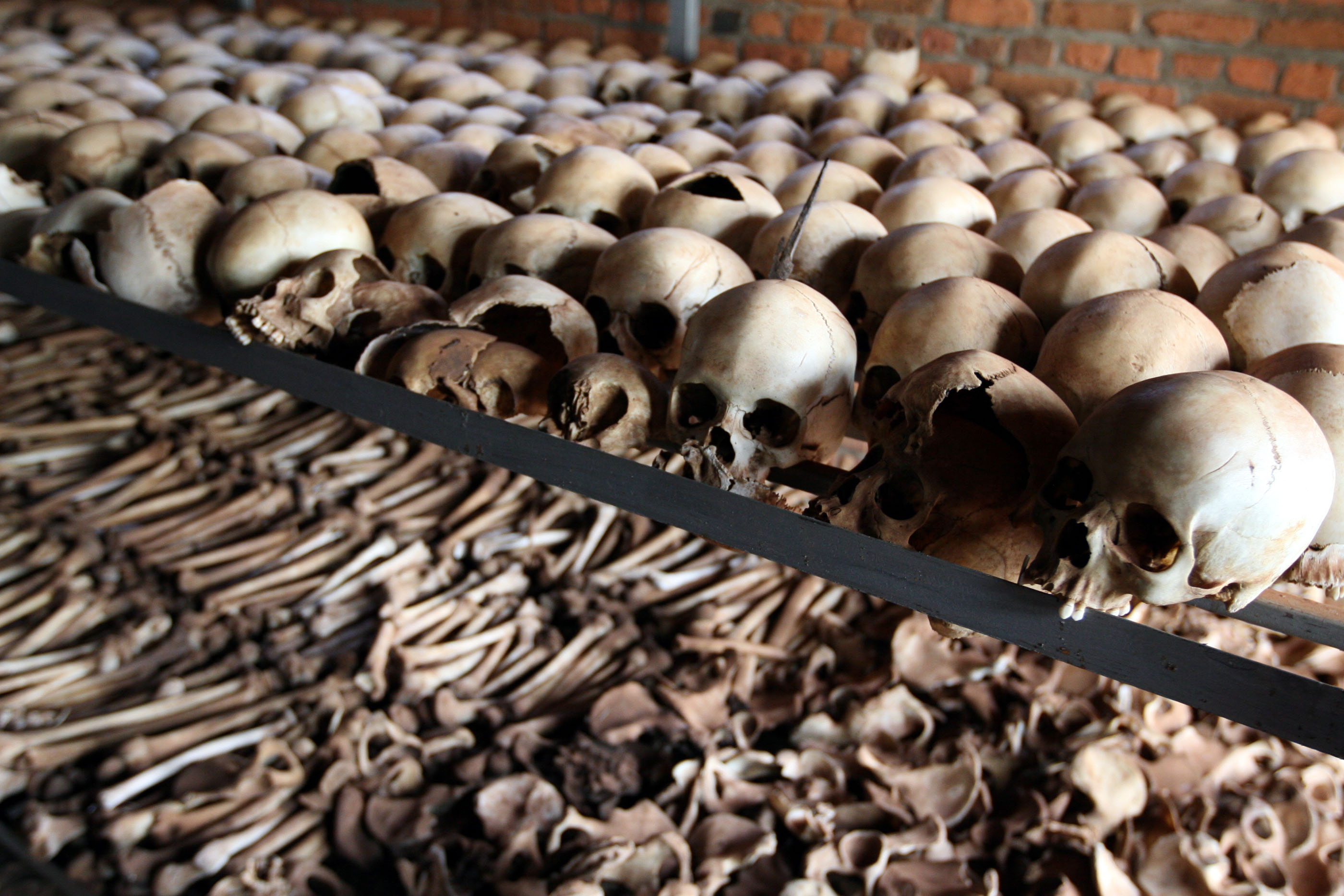



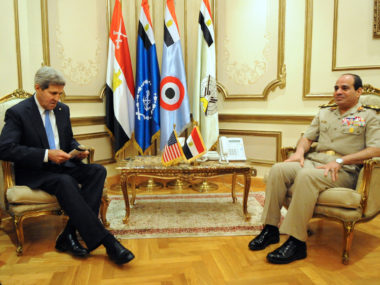
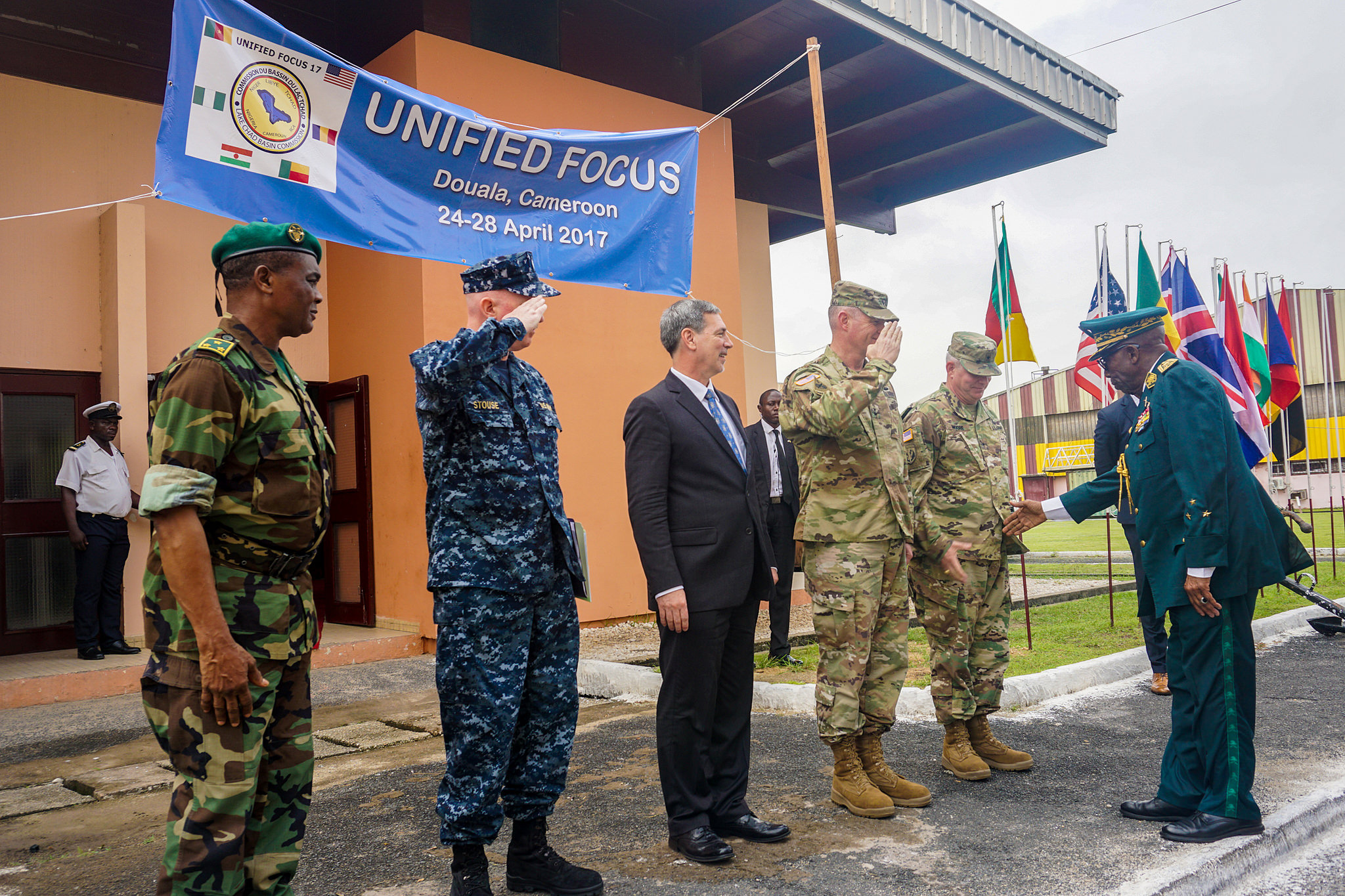
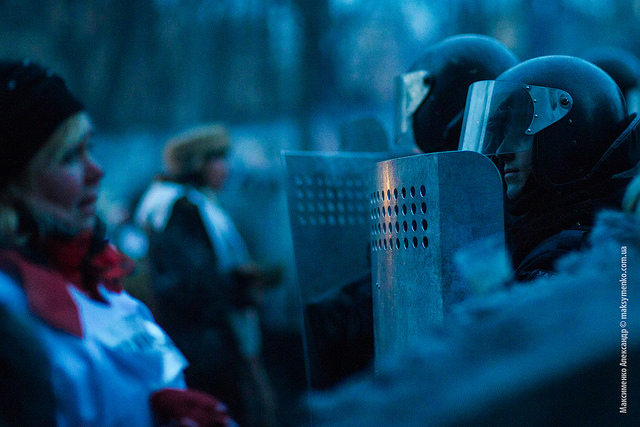

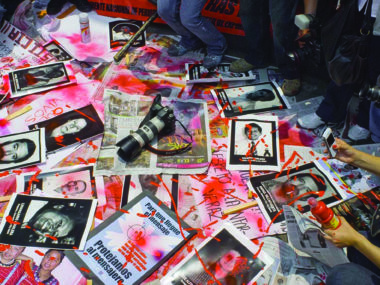
7 comments
Historians in particular are stuck with contextualization. Ultimately while the total number of deaths of one side or the the other is of interest and moves the needle of opinion slightly one way or the other. What is of more value (in general) is understanding the position of the person advocating for certain numbers. Their is usually a ‘why’ in the reason they want the numbers to be what they are, and understanding the ‘why’ is often more valuable to the decision making then he actual numbers. Time will give perspective to the events particularly if it is well documented.
David, this is definitely a good point. The position of the different estimators is clearly useful in this case. Unfortunately, time is not on the side of truth and better understanding on this one as source material that existed between 1994-2000 has been disappeared. In fact, in many respects I would say that we knew more back during this earlier period than we know now.